Surprising the strategic affairs community with its quiet diplomacy, rival armies of India and Pakistan announced a fresh ceasefire. The development was welcomed by everybody from the border villages to the UN and the White House. The initiative will require frequent monitoring and quick follow-ups, reports Tasavur Mushtaq
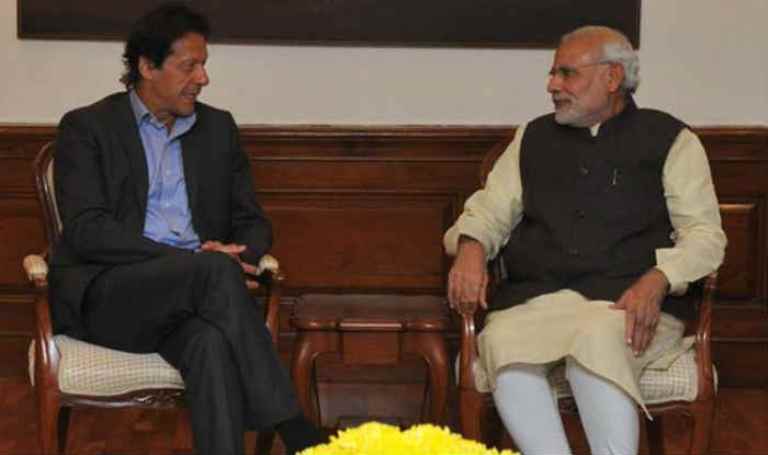
The Thursday (February 25, 2021) newsbreak about rival armies of India and Pakistan agreeing to a ceasefire came as a sweet surprise. Nobody expected it. In certain areas like Uri that usually pay for the hostilities, primarily, the populations were excited. Of all the people impacted by the bilateral decision-making of the nuclear-armed neighbours, areas straddling the now-visible Line of Control (LoC) usually pay the price with their blood.
Referring to the discussion between the two DGMOs’, the two sides said they reviewed the situation along the LoC and all other sectors in a “free, frank and cordial atmosphere”.
“In the interest of achieving mutually beneficial and sustainable peace along the borders, the two DGMOs agreed to address each other’s core issues and concerns which have the propensity to disturb the peace and lead to violence,” the joint statement said. “Both sides agreed for strict observance of all agreements, understandings and cease firing along the Line of Control and all other sectors with effect from midnight 24/25 Feb 2021.”
It added: “Both sides reiterated that existing mechanisms of hotline contact and border flag meetings will be utilised to resolve any unforeseen situation or misunderstanding.”
Quick Endorsement
Given the statement had come from respective armies, apparently, in the backdrop of a coercive and muscular narrative, the political establishment quickly endorsed it.
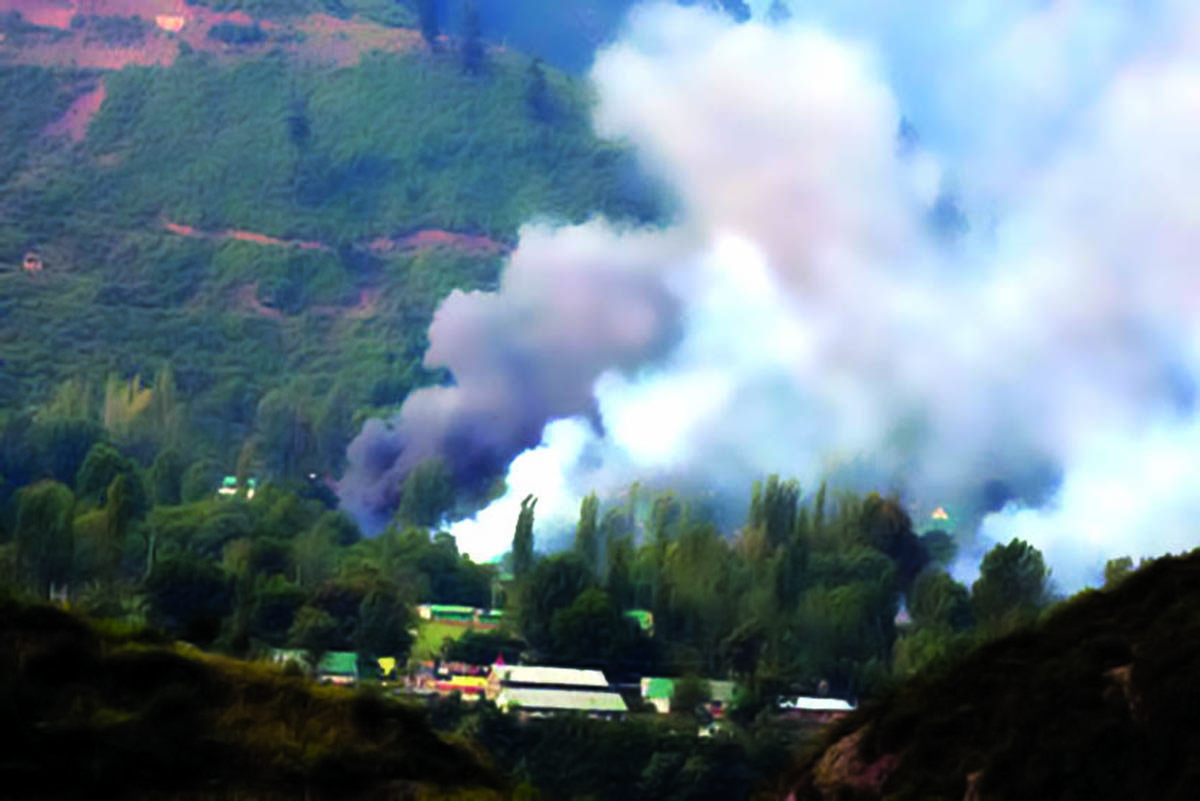
“India desires normal, neighbourly relations with Pakistan. We have always maintained that we are committed to addressing issues, if any, in a peaceful bilateral manner,” Anurag Srivastava, the MEA spokesman in Delhi said, skipping his routine assertion – talks and terror cannot go together. “On key issues, our position remains unchanged. I don’t need to reiterate it.”
The strategic affairs experts always knew that the subcontinent’s Siamese twins had never shut their communication channels. They, however, were not aware of the developments taking place behind the curtains. Stimson Centre’s Sameer Lalwani termed the developments “surprising and potentially huge” and Happymon Jacob, the “biggest military measure by India and Pakistan in over 18 years”. The fact is that the two DGsMO were always talking on a weekly basis and picking the hotline every time the other side made a request. But the timing of the understanding made the decision surprising to everybody. It fits the ‘quiet diplomacy’ definition.

Firstly, it came days after the second anniversary of the Lethpora suicide car bomb attack in which around 40 CRPF personnel were killed. The attack eventually led to the IAF fighters crossing the LoC and dropping bombs in Balakote. In retaliation, PAF fighters also dropped bombs at various places. An IAF helicopter and a fighter aircraft were consumed in the action.
Secondly, the ceasefire came days after protracted Sino-Indian dialogue led to an ease in the relations as the Red Army moved back to the pre-2020 position. Though the dialogue is still on and many other areas impacted by the Chinese ingress and still, to be tackled, the two most populous countries seemingly are busy in peace-making.
Thirdly, the armies on both sides of the LoC were exhibiting and aggressive posture and gradually managing the civilian population straddling the de facto border. On this side of the LoC, various areas witnessed mass construction of the dungeons and safety bunkers to save populations during shelling exchanges between the two sides.
Fourthly, the two sides had downsized their diplomatic engagement, apparently done away with cross-LoC trade and travel and actually helped Kashmir move out of the subcontinent in wake of August 5, 2019, when Delhi unilaterally binned the special status of Jammu and Kashmir. With Kashmir under lock-and-key, Kashmir was discussed almost everywhere between the US Congress and the House of Commons.
Ceasefire: How Major Newspapers Commented On The Indo-Pak Breakthrough?
Swift Positive Response
These factors were known to all. That was perhaps why everybody who mattered overseas responded, positively and quickly.
“…The Secretary-General is encouraged by the joint statement issued by the militaries of India and Pakistan on their agreement to observing the ceasefire at the LoC in Kashmir and engaging through established mechanisms,” Stephane Dujarric, spokesman for the UN chief, Antonio Guterres said. “He hopes that this positive step will provide an opportunity for further dialogue.”

Volkan Bozkir, the incumbent head of the UN General Assembly responded positively. “Their stated commitment to achieve sustainable peace through addressing each other’s core issues and concerns sets an example for other countries and demonstrates #UNGA values,” he wrote on his Twitter.
The Joe Biden administration in the White House also reacted to the development. “The United States welcomes the joint statement between India and Pakistan that the two countries have agreed to maintain strict observance of a ceasefire along the Line of Control starting on February 25th,” White House press secretary Jen Psaki said. “This is a positive step towards greater peace and stability in South Asia which is in our shared interest and we encourage both countries to keep building upon this progress.”
“We have been very clear that we condemn the terrorists who seek to infiltrate across the Line of Control,” State Department spokesperson Ned Price was quoted saying, insisting the US had called on the parties to reduce tensions along the LoC by returning to the 2003 ceasefire agreement. “When it comes to the US’ role, we continue to support direct dialogue between India and Pakistan on Kashmir and other issues of concern, and we certainly welcome the arrangement that was announced that will go into effect I should say on February 25.” He added further: “Obviously, Pakistan has an important role to play when it comes to Afghanistan and what takes place across its other border. So clearly, we will be paying close attention, and we urge the Pakistanis to play a constructive role in all of these areas of mutual interests including in Afghanistan, including with Kashmir including with our other shared interest.”
An Excited Ground Zero
The people, on expected lines, responded positively. In certain areas, the response was that of excitement. The political class in Kashmir, cutting across party lines and ideologies, welcomed the path-breaking development and hoped the two sides will take it to the next level.

“It is a welcome development that can end the death and destruction at the borders,” PDP leader and former Chief Minister, Mehbooba Mufti said. “Ultimately, dialogue and reconciliation is the only way forward for peaceful resolution of issues between the two neighbours.”
“I hope the agreement is followed in letter and spirit. The development, I sincerely believe, will allow people living alongside LoC and International Border to go about their normal lives with minimal disruption and risk,” Dr Farooq Abdullah, former Chief Minister, MP, who heads the PAGD said. “I hope the development doesn’t go down as a short-lived flutter but increases the possibility of some forward advancement towards the resolution of all impending issues lingering between the two neighbouring nations.”
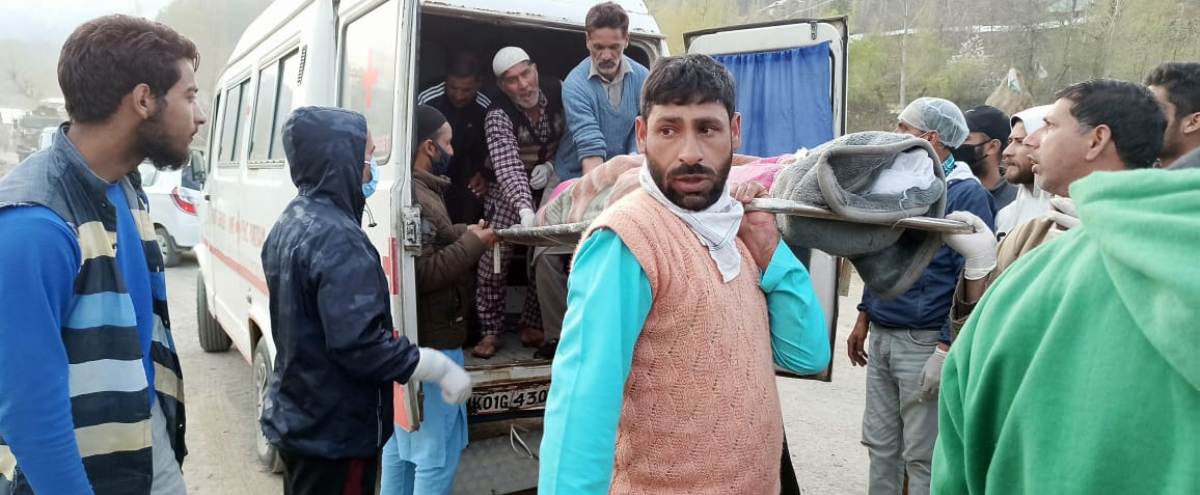
“Just as the joint statement correctly points out that in the interest of achieving mutually beneficial and sustainable peace along the borders, the two DGsMO agreed to address each other’s core issues and concerns which have propensity to disturb the peace and lead to violence, likewise, in the interest of mutually beneficial and sustainable peace in the entire region, Governments of India and Pakistan need to address the core concern of J&K in keeping with the aspirations of its people, which is the cause of conflict and violence in the region,” Hurriyat leader Mirwaiz Umar Farooq, said in a statement. “The talks are the best means to address this concern and we have always advocated it.”
A Protracted Process
Insiders in the security grid in Delhi told reporters that the statement was the outcome of the back-channel diplomacy involving various levels and took almost four months.
The last ceasefire was announced after the then Prime Minister Atal Behari Vajpayee extended a hand of friendship in his Srinagar speech in early 2003. Pakistan announced modus Vivendi on November 26, 2003, which Delhi reciprocated. A joint statement, however, came in December 2013.
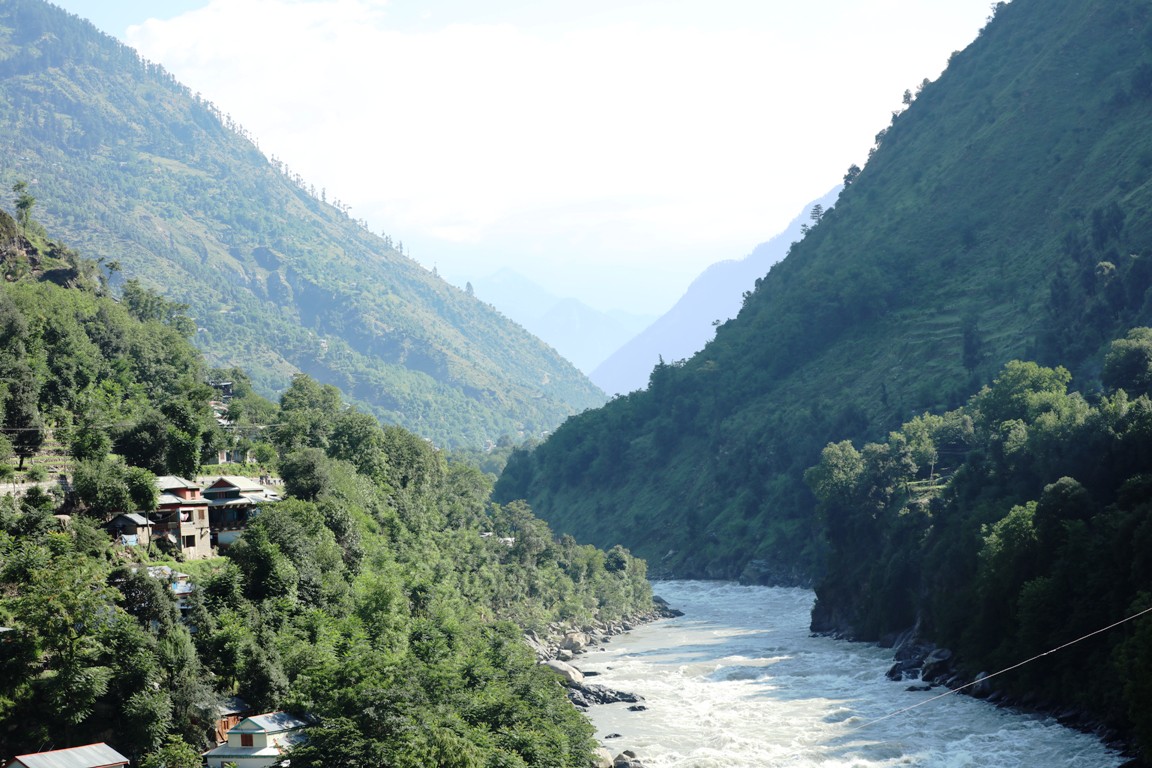
This time, it was secret and apparently lacked any visible political involvement. Lt General Paramjit Singh Sangha, Deputy Chief of Army (Strategy), who also holds charge of DGMO, was in touch with his counterpart Maj Gen Nauman Zakaria and the outcome was public on February 24. Major newspapers in Delhi said the statement was the outcome of the NSA, Ajit Doval’s talks with Dr Moeed Yousuf, Special Assistant to Prime Minister Imran Khan, in a third country, a process that kept Pakistan army chief General Qamar Javed Bajwa in loop.
These reports said a small group of decision-makers including the home minister, Amit Shah, defence minister, Rajnath Singh and external affairs minister S Jaishankar were aware of the parleys. It included at least one face to face meeting, the report said, adding the ceasefire is just the beginning of things.
Commentators say the Thursday statement was the outcome of a set of indicators. They have referred to a brief statement that Bajwa had made on February 2. “We stand firmly committed to the ideal of mutual respect and peaceful co-existence. It is time to extend a hand of peace in all directions…,” Bajwa had said. “Pakistan and India must also resolve the longstanding issue of Jammu and Kashmir in a dignified and peaceful manner as per the aspirations of the people of J&K, and bring this human tragedy to its logical conclusion.” Ten days later, Moeed had tweeted: “If you want peace, we have to move forward. If we want to move forward, everybody has to be rational, not ideological.” Days before the statement, Delhi opened its air space to permit Khan to fly to Colombo, a rare gesture that Islamabad refused to do in the case of Modi earlier.
They also, see toning down of the rhetoric on Kashmir and Pakistan skipping Kashmir in a SAARC virtual meet that Prime Minister Modi convened as other factors that helped Delhi in her positive engagement.

Moeed, however, publicly dissociated from staking the credit for the ceasefire. “This is baseless. No such talks have taken place between me and Mr. Doval,” he tweeted. But he did not disown the outcome of the “private, profession and direct” discussions between the two DGsMO. “Pakistan has continued to call for the 2003 ceasefire agreement to be honored and I am glad we have reached the understanding. It must be followed in letter and spirit. Doing so will save innocent lives so no one should question the intent. Nor should wrong inferences be drawn. There is nothing more than meets the eye here.”
There is, however, a cautious optimism. Indications suggest that there will be no lowering of the guard and no reduction in deployments on the LoC. But both sides are indicating a positive trajectory. Moeed has said that “more roads will open” in future. A major newspaper quoted “sources” saying that ceasefire was the “first outcome of these conversations” as “more steps” towards peace are likely in the coming weeks.
Fragile Process
Even though the people straddling the LoC are excited that the guns and mortars will not land on their homes, the ceasefire, as always would be fragile. For all these years, both sides have enjoyed a benefit of the doubt about who fired the first bullet and, tragically both the bullets hit Jammu and Kashmir that lives on either side.
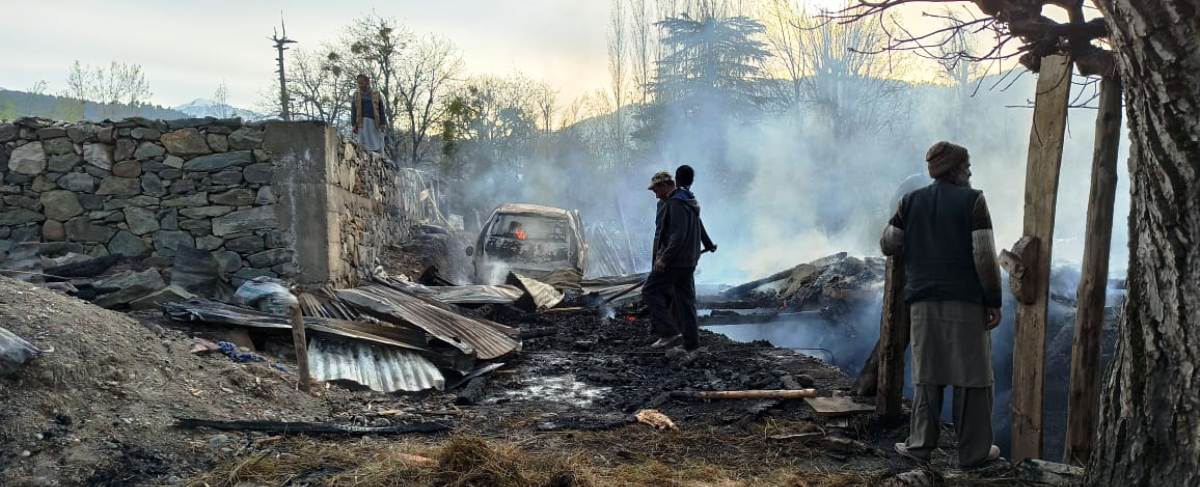
“Unless the two sides create a flawless and objective system, the ceasefire may have more violations in future,” one Uri student, who lives in Srinagar, said. The LoC witnessed a record number of ceasefire violations in 2020. “While the restoration of the CBMs linking the LoC may require to be revived, the government may have to devise mechanisms to help Kashmir breathe easy in the hinterland also.”















